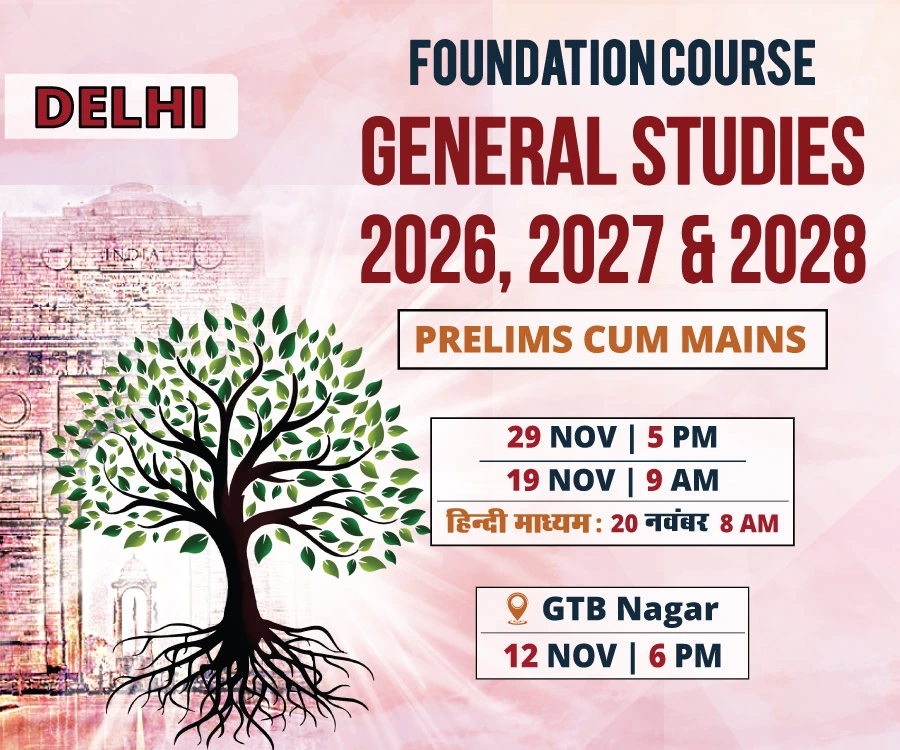The report focuses on bridging the demand-supply gap to attain self-sufficiency of edible oils (olive oil, palm oil, soyabean oil, canola oil, etc.)
Need for Self Sufficiency
- Minimizing Import Dependency: India imports ~57% of its edible oil which makes it vulnerable to global price fluctuation and supply disruption
- Domestic supply is ~12.4 million tonnes (MT) whereas import is ~16.5 MT.
- Achieving Nutritional Security: contributes to absorption of fat-soluble vitamins.
- Enhancing Economic Development: Positively impacts balance of payments, fosters growth of processing industry
Strategies for Self Sufficiency
- Area retention and diversification by
- Development of customized cluster technology for yield improvement
- Oilseed Development in Bundelkhand and the Indo-Gangetic Plain
- Prioritizing Wasteland and Fallow land utilization
- Seed Traceability and Quality Assurance
- Establishment of “One Block-One Seed Village” for enhancing seed replacement rate.
- Promotion of bio fortified and genetic varieties of oilseeds
- Improved and Advanced Production Technologies
- E.g. Heterosis breeding for sunflower, castor, mustard, sesame. etc.
- Heterosis is process wherein hybrids formed are more robust than their parents
- It is used to increase the crop yield.
- E.g. Heterosis breeding for sunflower, castor, mustard, sesame. etc.
Key Initiatives
- National Mission on Edible Oil-Oil Palm
- Integrated Scheme on Oilseeds, Pulses, Oil palm and Maize









